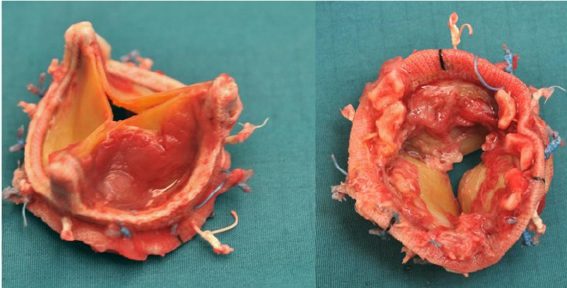Contents
Vegetations
Growths of lymphoid tissue located in the nasopharynx, adenoids play an immune role during the first years of life. Because of their hypertrophy or infection, it is sometimes necessary to remove them surgically, without impacting the immune system.
Anatomy
Adenoids, or adenoids, are small growths located in the nasopharynx, at the upper limit of the throat, behind the nose and at the top of the palate. They develop during the first year of life, reach their maximum volume between 1 and 3 years, then regress until they disappear around 10 years.
physiology
Adenoids are made up of lymphoid tissue similar to that of lymph nodes. Like the tonsils, the adenoids therefore play an immune role: strategically placed at the entrance to the respiratory system and containing immune cells, they help the body to defend itself against bacteria and viruses. This role is important in the first years of a child’s life, much less after.
Anomalies / Pathologies
Hypertrophy of adenoids
In some children, the adenoids are constitutionally enlarged. They can then cause nasal obstruction, with snoring and sleep apnea which can have an impact on the good growth of the child.
Chronic inflammation / infection of the adenoids
Sometimes this increase in the volume of adenoids is secondary to an infection of viral or bacterial origin. Too much strained in their immune role, the adenoids grow, inflame and become infected. They can end up obstructing the eustachian tubes (canal connecting the back of the throat to the ears) and cause ear infections by accumulation of serous fluid in the ear. Allergies or gastroesophageal reflux disease (GERD) can also be the cause of this hypertrophy.
Treatments
Antibiotic therapy or corticosteroids
As a first-line treatment, the cause of this hypertrophy will be treated with antibiotic therapy if it is a bacterial infection, corticosteroids if it is an allergy.
Removal of adenoids, adenoidectomy
In the event of growth disturbances and / or persistent functional disturbances due to constitutional enlargement of the adenoids, an adenoidectomy (more commonly called “operation of the adenoids”) may be performed. It consists of removing the adenoids under general anesthesia, most often on an outpatient basis.
Adenoidectomy is also recommended in the presence of otitis media that is complicated or responsible for significant hearing loss resistant to medical treatment, or in cases of recurrent acute otitis media (AOM) (more than 3 episodes per year) after treatment failure. It will then often be combined with an operation of the tonsils (tonsillectomy) or the installation of a tympanic ventilator (“yoyo”).
This operation does not affect the child’s immune system, as other lymphoid tissues, such as the lymph nodes in the head and neck, will take over.
Diagnostic
Different signs in children should lead to a consultation: breathing difficulties, nasal obstruction, mouth breathing, snoring, sleep apnea, recurrent ear infections and nasopharyngitis.
The adenoids are not visible to the naked eye. To check them, the ENT doctor will perform a nasopharyngoscopy with a flexible fiberscope. A lateral cavum x-ray may also be prescribed to check the size of the adenoids.










